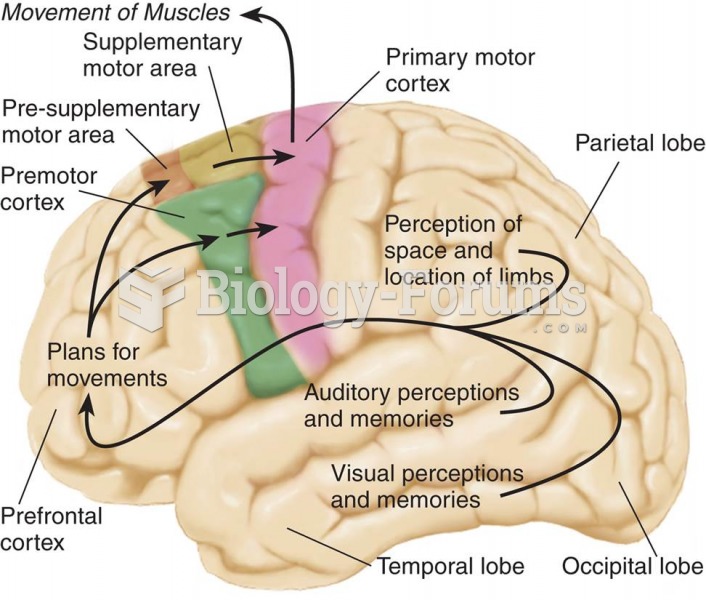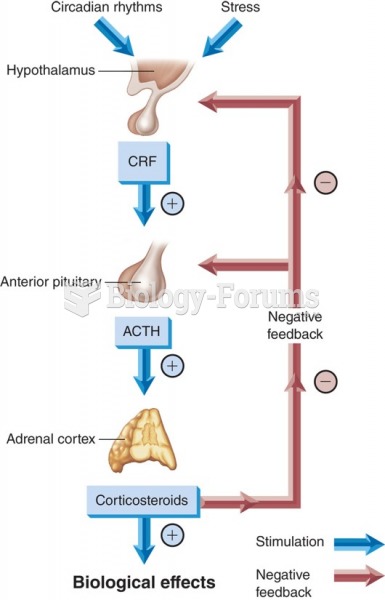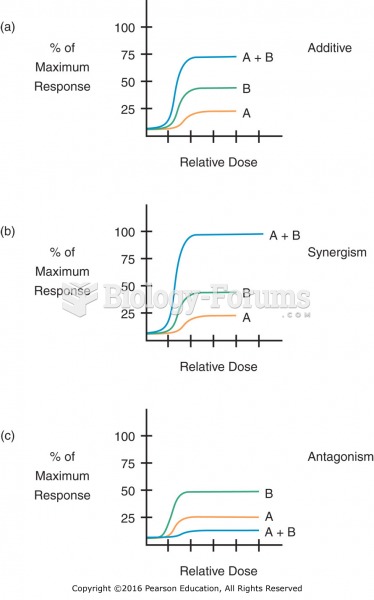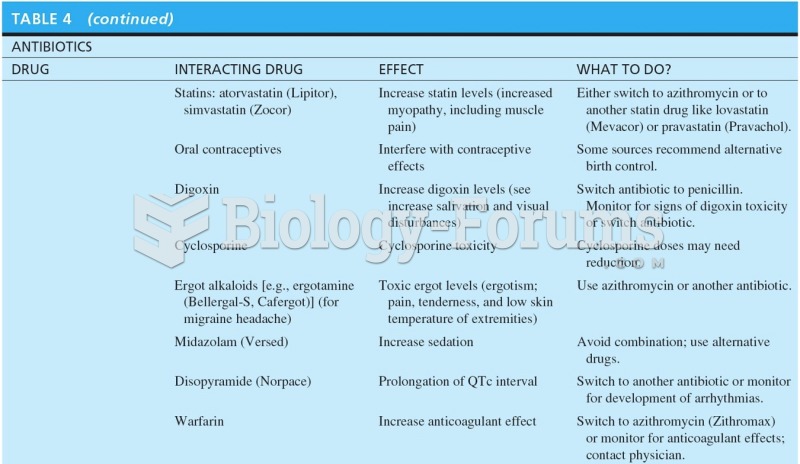Answer to Question 1
One approach to drug control is to deter the sale of drugs through apprehension of large-volume drug dealers, coupled with enforcement of drug laws that carry heavy penalties. This approach is designed to punish known dealers and users and to deter those who are considering entering the drug trade.
A major effort has been made to cut off supplies of drugs by destroying overseas crops and arresting members of drug cartels; this approach is known as source control.
The federal government has been encouraging exporting nations to step up efforts to destroy drug crops and to prosecute dealers. Other less aggressive source control approaches, such as crop substitution and alternative development programs for the largely poor farmers in other countries, have also been tried, and a review of international efforts suggests that some success can be achieved in reduction of narcotic crop production..
Three South American nationsPeru, Bolivia, and Colombiahave agreed to coordinate control efforts with the United States.
Even when efforts are successful in one area, they may result in a shift in production to another area or in the targeted crop being replaced by another.
For example, enforcement efforts in Peru and Bolivia were so successful that they altered cocaine cultivation patterns. As a consequence, Colombia became the premier coca-cultivating country when the local drug cartels encouraged growers to cultivate coca plants.
When the Colombian government mounted an effective eradication campaign in the traditional growing areas, the cartel linked up with rebel groups in remote parts of the country for their drug supply.
Student views will vary.
Answer to Question 2
Before the twentieth century, little distinction was made between adult and juvenile offenders.
Although judges considered the age of an offender when deciding punishments, both adults and children were often eligible for the same forms of punishmentprison, corporal punishment, and even the death penalty.
Children were treated with extreme cruelty at home, at school, and by the law.
Over the years, this treatment changed as society became sensitive to the special needs of children.
Beginning in the mid-nineteenth century, as immigrant youth poured into America, there was official recognition that children formed a separate group with its own separate needs.
Around the nation, in cities such as New York, Boston, and Chicago, groups known as child savers formed to assist children in need.
They created community programs to serve needy children and lobbied for a separate legal status for children, which ultimately led to the development of a formal juvenile justice system.
The current treatment of juvenile delinquents is a by-product of the developing national consciousness during the nineteenth century.
The designation delinquent became popular at the onset of the twentieth century when the first separate juvenile courts were instituted.
The child savers believed that treating minors and adults equivalently violated the humanitarian ideals of American society.
The newly emerging juvenile justice system operated under the parens patriae philosophy.
Minors who engaged in illegal behavior were viewed as victims of improper care, custody, and treatment at home. Dishonest behavior was a sign that the state should step in and take control of the youths before they committed more serious crimes.
The state, through its juvenile authorities, should act in the best interests of the child.
This means that children should not be punished for their misdeeds but instead should be given the care and custody necessary to remedy and control wayward behavior.
It makes no sense to find children guilty of specific crimes, such as burglary or petty larceny, because that stigmatizes them and labels them as thieves or burglars.
Student answers will vary.







